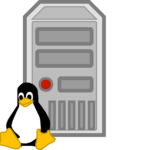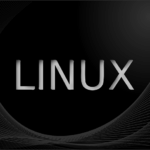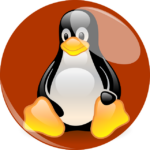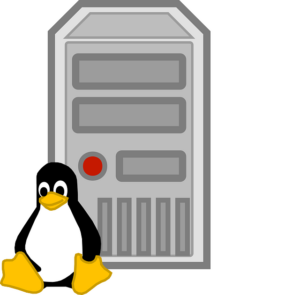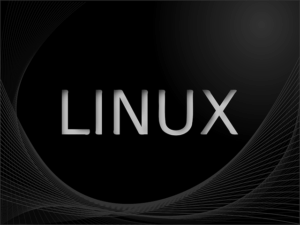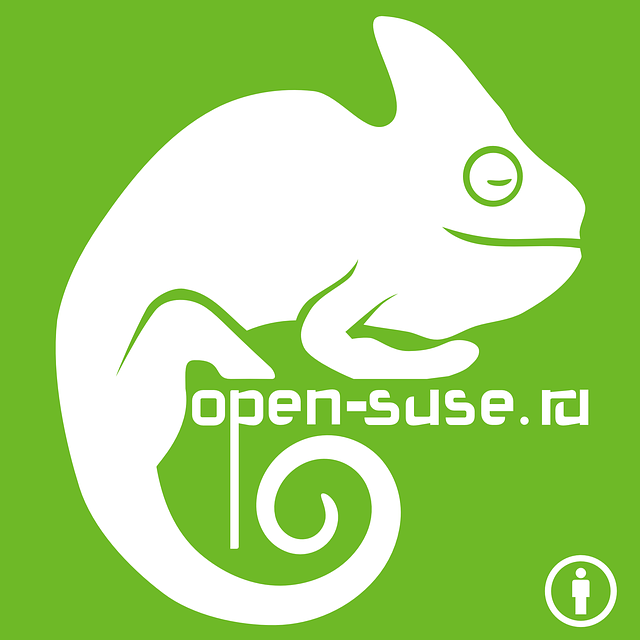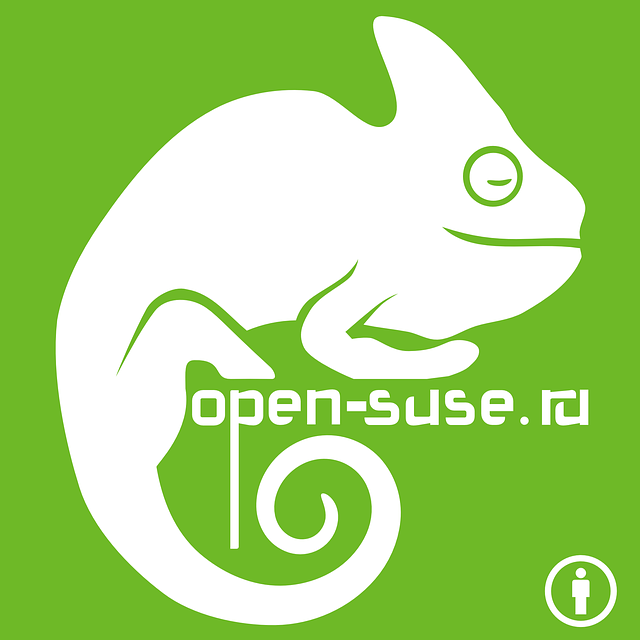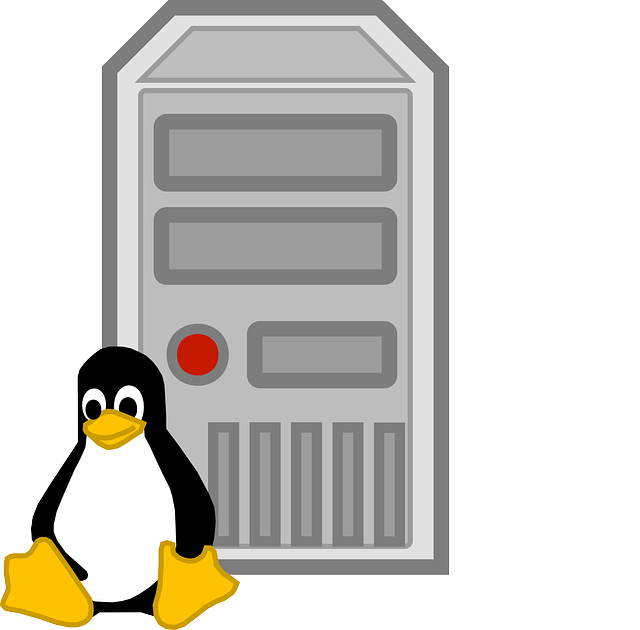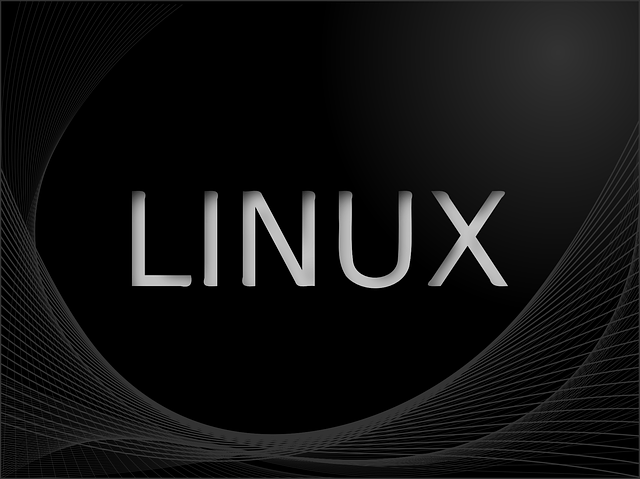AlmaLinux is a dependable open-source operating system that's particularly favored by developers for its stable and familiar environment, derived from CentOS's legacy. It offers a rich suite of development tools including GCC, Make, and Git, along with an extensive package repository to support diverse software development needs. The OS integrates well with advanced IDEs like Eclipse, NetBeans, and Visual Studio Code, providing features such as code completion, syntax highlighting, and debugging to enhance the coding experience. AlmaLinux's optimized kernel and minimalist design contribute to its exceptional performance and reliability for development tasks. It also supports containerization with Docker and Podman, allowing developers to work in isolated environments with consistent and secure workflows. With a robust IDE ecosystem that includes extensible plugins for testing, profiling, and integration with containers, AlmaLinux stands out as a versatile platform for developers of all levels. It's a reliable alternative to other distributions like Ubuntu, Fedora, and Debian, offering the same level of development tool support and CI/CD pipeline capabilities, while maintaining its commitment to open-source principles for extensive customization.
delve into the realm of software development, this article sheds light on the robust Integrated Development Tools (IDEs) available for coding, with a particular focus on AlmaLinux. As an evolution of CentOS, AlmaLinux emerges as a stable and versatile platform for developers. We explore its capabilities as an IDE, highlighting key features and plugins that elevate it in the development ecosystem. Furthermore, we conduct a comparative analysis positioning AlmaLinux against other leading Linux distros, revealing its strengths and potential in the world of coding tools. Join us as we navigate through the functionalities that make AlmaLinux a formidable choice for developers seeking an efficient, scalable, and reliable IDE solution.
- Exploring the Capabilities of AlmaLinux as an Integrated Development Environment (IDE) for Coding
- Key Features and Plugins Enhancing AlmaLinux's IDE Functionality for Developers
- Comparative Analysis: How AlmaLinux Stacks Up Against Other Linux Distros in Development Tools
Exploring the Capabilities of AlmaLinux as an Integrated Development Environment (IDE) for Coding

AlmaLinux emerges as a robust and versatile platform for developers seeking an integrated development environment (IDE) for coding tasks. With its strong foundation rooted in CentOS, AlmaLinux offers a stable and familiar environment that is well-suited for both legacy and modern applications. It provides a suite of tools and packages that cater to various programming languages and frameworks, enabling developers to work with ease across different projects. The availability of essential development tools such as GCC, Make, and Git, alongside a rich package repository, ensures that AlmaLinux can support complex software development processes efficiently.
When it comes to IDE functionality, AlmaLinux supports a wide array of graphical IDEs like Eclipse, NetBeans, and Visual Studio Code. These IDEs are fully operational within the AlmaLinux environment, offering features such as code completion, syntax highlighting, debugging tools, and version control integration. The performance and reliability of these IDEs on AlmaLinux can be attributed to its optimized kernel and minimalist approach, which provides a lean yet powerful infrastructure for development activities. Additionally, the containerization support through tools like Docker and Podman available in AlmaLinux allows developers to create isolated environments for their projects, ensuring consistency across different development stages and enhancing the security of the coding process. With its comprehensive toolset and consistent performance, AlmaLinux stands out as a viable choice for developers looking for an IDE that is both capable and reliable for coding in various programming domains.
Key Features and Plugins Enhancing AlmaLinux's IDE Functionality for Developers

AlmaLinux, a community-driven and open-source enterprise operating system derivative of CentOS, has gained traction among developers for its stability and reliability. To further enhance the coding experience, integrated development environments (IDEs) play a pivotal role by providing a suite of tools that streamline the development process. These IDEs offer a rich set of features tailored to cater to the diverse needs of developers working with AlmaLinux. Key among these features are advanced syntax highlighting, code completion, debugging capabilities, and support for version control systems such as Git, which are indispensable for efficient coding practices.
Beyond the core functionalities, the extensibility of IDEs is augmented by a plethora of plugins specifically designed to work with AlmaLinux environments. These plugins extend the IDE’s capabilities, offering tailored solutions for tasks such as automated testing, performance profiling, and integration with container technologies like Docker and Kubernetes, which are often utilized in conjunction with AlmaLinux. Additionally, developers can leverage plugins that provide support for specific programming languages and frameworks commonly used within the AlmaLinux ecosystem, ensuring a seamless development experience across projects. The combination of robust IDE features and targeted plugins not only accelerates development but also enhances code quality and maintainability, making AlmaLinux an even more compelling choice for developers seeking a reliable platform.
Comparative Analysis: How AlmaLinux Stacks Up Against Other Linux Distros in Development Tools

AlmaLinux emerges as a robust alternative in the realm of open-source development, offering a comprehensive suite of integrated development tools that rival those found in other Linux distributions. With its origins rooted in CentOS, AlmaLinux retains a high level of compatibility with existing software and is a veritable treasure trove for developers seeking stability and predictability in their coding environment. It provides access to essential development environments like Eclipse, NetBeans, and Visual Studio Code, ensuring that programming in various languages such as Python, Java, C++, and more remains efficient and straightforward. AlmaLinux’s commitment to maintaining binaries for the RPM packages makes it an appealing choice for those transitioning from CentOS or looking for a drop-in replacement with ongoing support post-CentOS 8’s end of life.
In comparison to other Linux distributions, AlmaLinux distinguishes itself by offering a balanced blend of performance and usability. It competes directly with the likes of Ubuntu, Fedora, and Debian in terms of development tool availability and support for continuous integration/continuous deployment (CI/CD) pipelines. AlmaLinux’s adherence to open-source principles ensures that it can be customized extensively, and its package management system is both user-friendly and powerful. This allows developers to manage dependencies effectively and keep their systems up-to-date with minimal fuss. When considering the full spectrum of development needs, AlmaLinux stands out as a reliable contender, offering a familiar experience for seasoned Linux users while also being accessible to newcomers in the field of software development.
